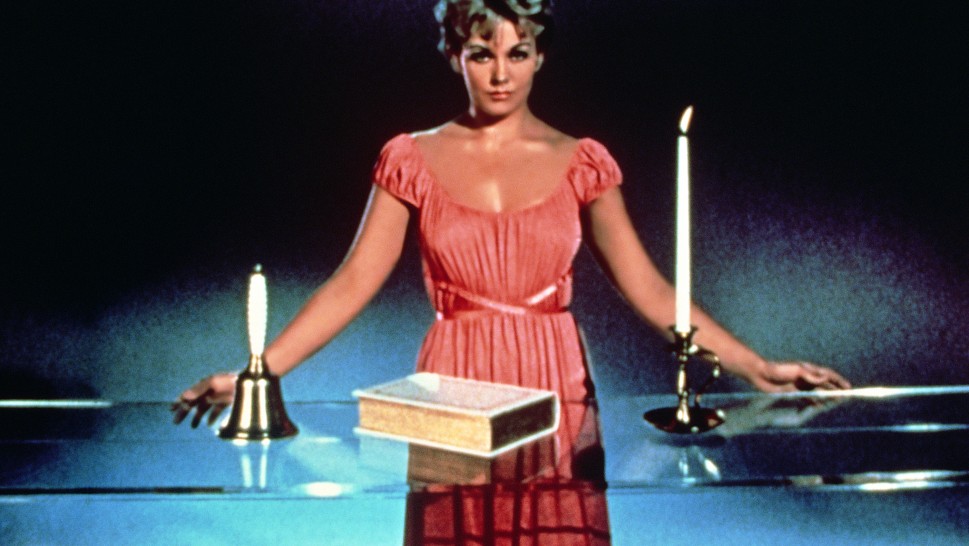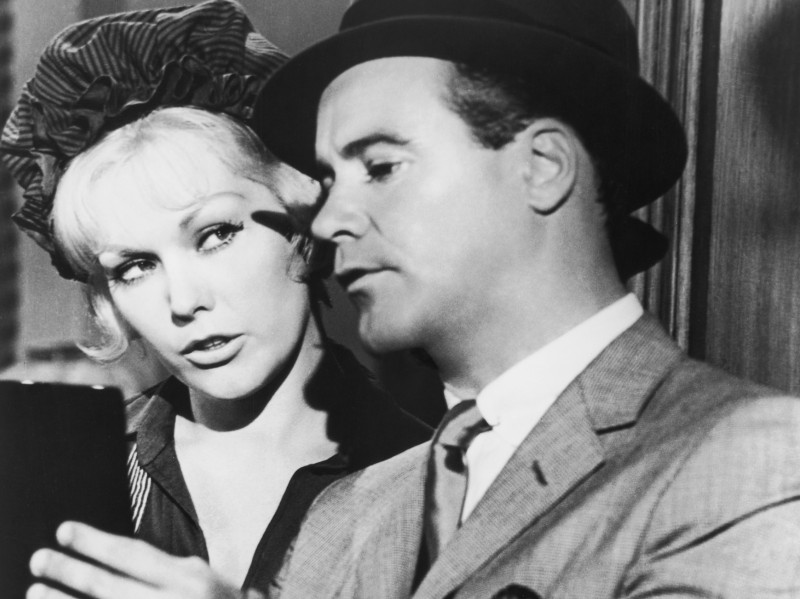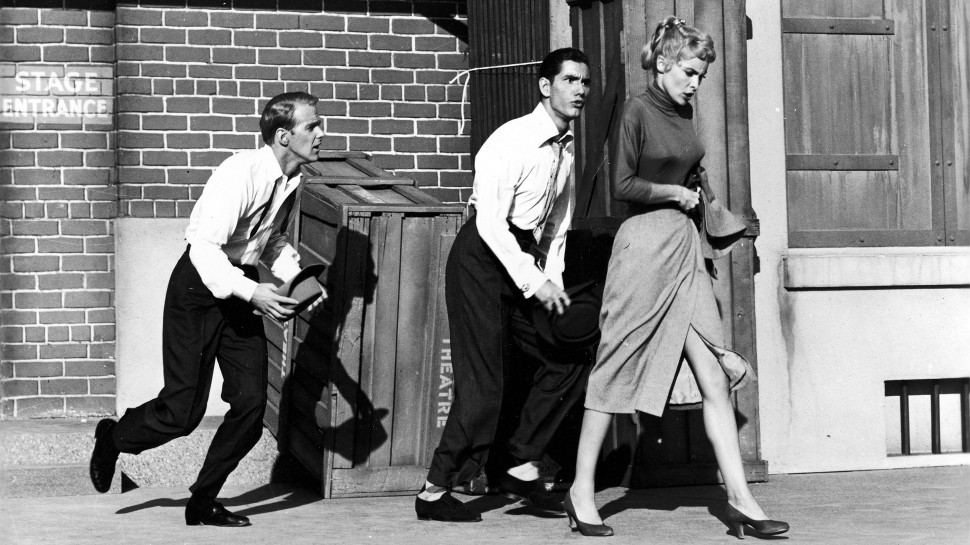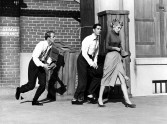


9 x Quine
A prolific director of over thirty Hollywood features made between 1948 and 1979, Richard Quine’s (1920-1989) career achieved a sustained peak during the 1950s and 1960s while working at Columbia Pictures. A specialist in comedy who was instrumental in launching the careers of Kim Novak, Jack Lemmon and Blake Edwards, Quine has long been overshadowed by the other great directors of late studio era comedy: Billy Wilder, Frank Tashlin and Edwards himself. Only recently has Quine been rediscovered as a filmmaker of equal rank, an artist able to infuse studio comedy and melodrama with unexpected warmth and melancholy.
Born in Detroit in 1920, Quine was already acting in Hollywood and on Broadway by the mid-1930s. After serving in the Coast Guard during World War Two, he turned to directing and quickly secured a contract at Columbia, where he began by filming a string of comedy shorts before turning to a series of musicals. During the 1950s, Quine hit his stride with such hit comedies as The Solid Gold Cadillac (1956) and Bell, Book and Candle (1959), commercial success that continued well into the 1960s, after Quine had left Columbia.
Quine is perhaps best understood placed between two other celebrated directors of 1950s comedy: Billy Wilder and Frank Tashlin. More understated than Tashlin, Quine replaces Tashlin’s manic energy with understated charm. Although Quine shares a number of Wilder’s favorite actors, most notably Jack Lemmon, and often echoes Wilder’s striking visual realism, Quine’s films are less sour than Wilder’s. Where Wilder’s films deliver a jaundiced, biting critique of postwar America, Quine’s work thoughtfully examines the melancholy underside of American life, the drifting world of the so-called “lonely crowd.”
This unique combination of charm and melancholy, with an emphasis on the lonely heart of American society, reaches a poignant apex with Strangers When We Meet (1960), a melodrama of suburban adultery that is remarkably restrained for late Hollywood. While Quine’s later comedies grow more manic and cynical, his greatest work from the 1950s and 1960s—the focus of this series—reveal the talent of a consummate storyteller and restrained stylist.









